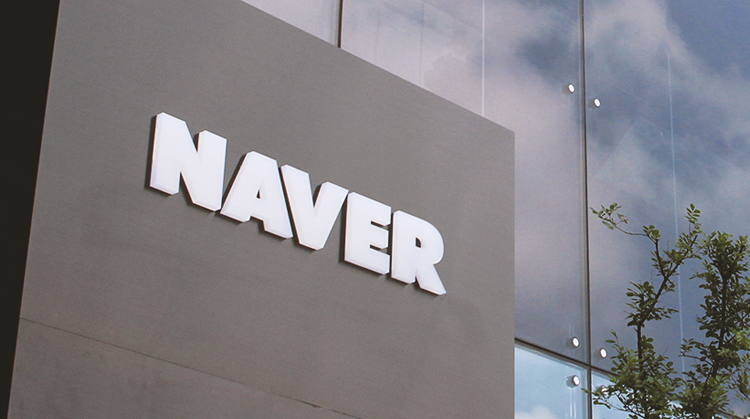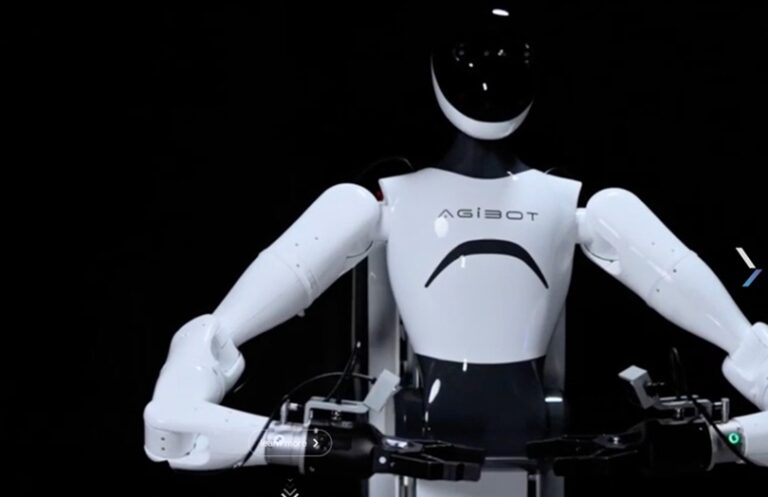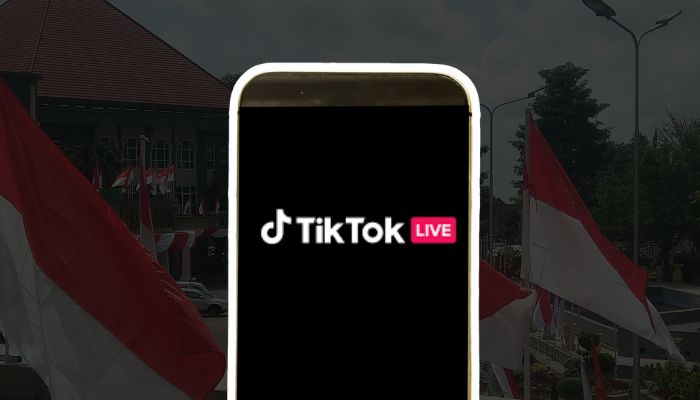South Korean tech giant Naver has introduced HyperClova X, an enhanced iteration of its hyperscale AI model, showcasing superior proficiency in the Korean language compared to its US counterparts, OpenAI’s ChatGPT and Google’s Bard.
In reaction to the worldwide surge in generative AI’s popularity sparked by ChatGPT, Naver has designated HyperClova X as the foundational model for its AI-driven services, aiming for it to drive their future growth.
Naver CEO Choi Soo-yeon, speaking at a press conference in Seoul, expressed the company’s ambition to revolutionize the world through technology and confront the new opportunities emerging from generative AIs.
To boost its competitive edge, Choi highlighted that HyperClova X has been enriched with extensive data and technology, meticulously accumulating information spanning decades across various domains like search, e-commerce, reservations, and videos. Naver has invested a substantial 1 trillion won (about $756 million) in AI over five years, allocating 22 percent of operating profit to research and development, a strategy that fostered the advancements in HyperClova X.
Naver’s latest AI innovation, the world’s third-largest language model and a leader in Korea, excels in comprehending the nuances of Korean social context, laws, and systems. It dwarfs the 3.5 version of GPT with its learning from 6,500 times more Korean data. The model’s victory rate over GPT 3.5 stands at 75 percent, coupled with a remarkable 72 percent reduction in AI hallucinations thanks to Naver’s advanced technology.
Naver disclosed two HyperClova X-based services, Clova X and Cue, during the event. Clova X, a language model-driven AI chatbot, facilitates dynamic interactions and is equipped to cater to various user queries with appropriate responses. On the other hand, Cue is an interactive AI chatbot geared specifically for online searching, capable of interpreting intricate queries and furnishing multidimensional search outcomes. Naver plans to foster partnerships with other firms in the generative AI domain to harness the technology’s potential for diverse applications.
(Source: Jie Ye-eun | The Korean Herald)









